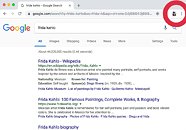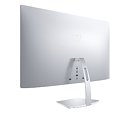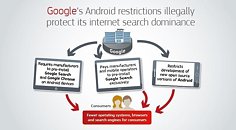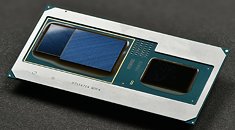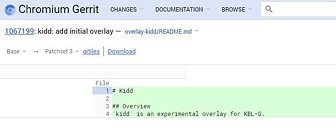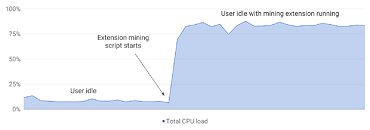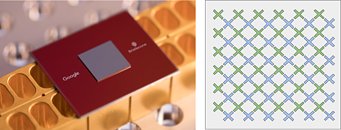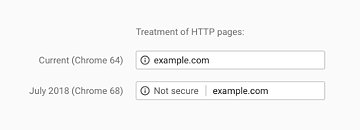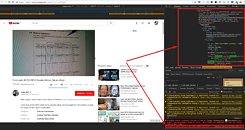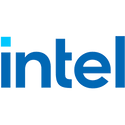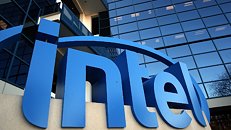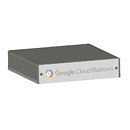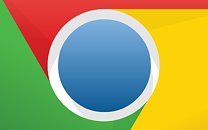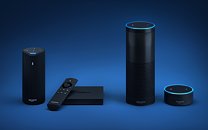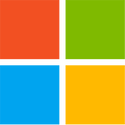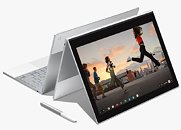
Facebook has Won. Google+ is Shutting Down
Google announced that it will shut down its social network Google+, citing a security vulnerability that affected 500,000 users. The vulnerability was found during a security investigation into the Google APIs, while the company was looking for APIs that were too broad, or that didn't deliver on their promises. According to Google, Google+ "has not achieved broad consumer or developer adoption, and has seen limited user interaction with apps. The consumer version of Google+ currently has low usage and engagement: 90 percent of Google+ user sessions are less than five seconds."
After scrutiny, Google confirms that no data breach occurred, but the executives still chose to not publicly report on it, fearing regulatory action. The official statement from Google was released only after a Wall Street Journal article reported the flaw.
In addition to shutting down Google+ consumer accounts, Google also plans to make changes to its privacy policy, including new changes to its APIs to limit developers access to user's data on Gmail and Android devices.
After scrutiny, Google confirms that no data breach occurred, but the executives still chose to not publicly report on it, fearing regulatory action. The official statement from Google was released only after a Wall Street Journal article reported the flaw.
In addition to shutting down Google+ consumer accounts, Google also plans to make changes to its privacy policy, including new changes to its APIs to limit developers access to user's data on Gmail and Android devices.



